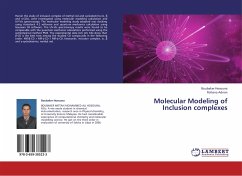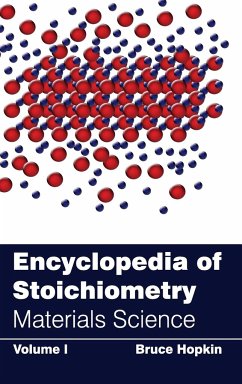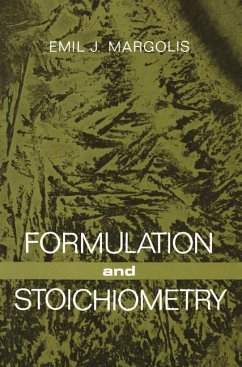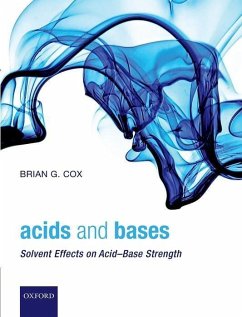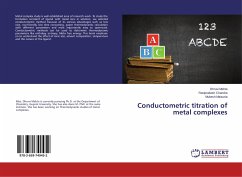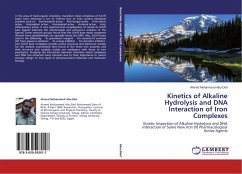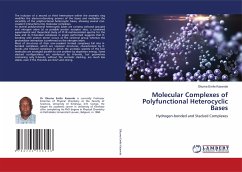
Molecular Complexes of Polyfunctional Heterocyclic Bases
Hydrogen-bonded and Stacked Complexes
Versandkostenfrei!
Versandfertig in 6-10 Tagen
38,99 €
inkl. MwSt.

PAYBACK Punkte
19 °P sammeln!
The inclusion of a second or third heteroatom within the aromatic ring modifies the electron-donating powers of the bases and multiplies the versatility of the polyfunctional heterocyclic bases, allowing several non-covalent interactions into molecular complexes. As several polyfunctional heterocyclic bases are carrying carbonyl group(s) and nitrogen atom (s) as possible proton acceptor sites, a combined experimental and theoretical study of FT-IR matrix-isolated spectra for the base and its H-bonded complexes in argon performed suggests that H-bonding with proton donor occurs at the carbonyl ...
The inclusion of a second or third heteroatom within the aromatic ring modifies the electron-donating powers of the bases and multiplies the versatility of the polyfunctional heterocyclic bases, allowing several non-covalent interactions into molecular complexes. As several polyfunctional heterocyclic bases are carrying carbonyl group(s) and nitrogen atom (s) as possible proton acceptor sites, a combined experimental and theoretical study of FT-IR matrix-isolated spectra for the base and its H-bonded complexes in argon performed suggests that H-bonding with proton donor occurs at the carbonyl group whereas the protonation interaction is preferred on the nitrogen atom.Most of structures of their non-covalent formed complexes fall into H-bonded complexes, which are coplanar structures, characterized by H-bonds and Stacked complexes in which the aromatic systems of the two molecules are arranged parallel to one another by dispersion energy. Some stacked configurations are reinforcedby H-bonds, but geometries containing only H-bonds, without the aromatic stacking, are much less stable, even if the H-bonds are short and strong.





